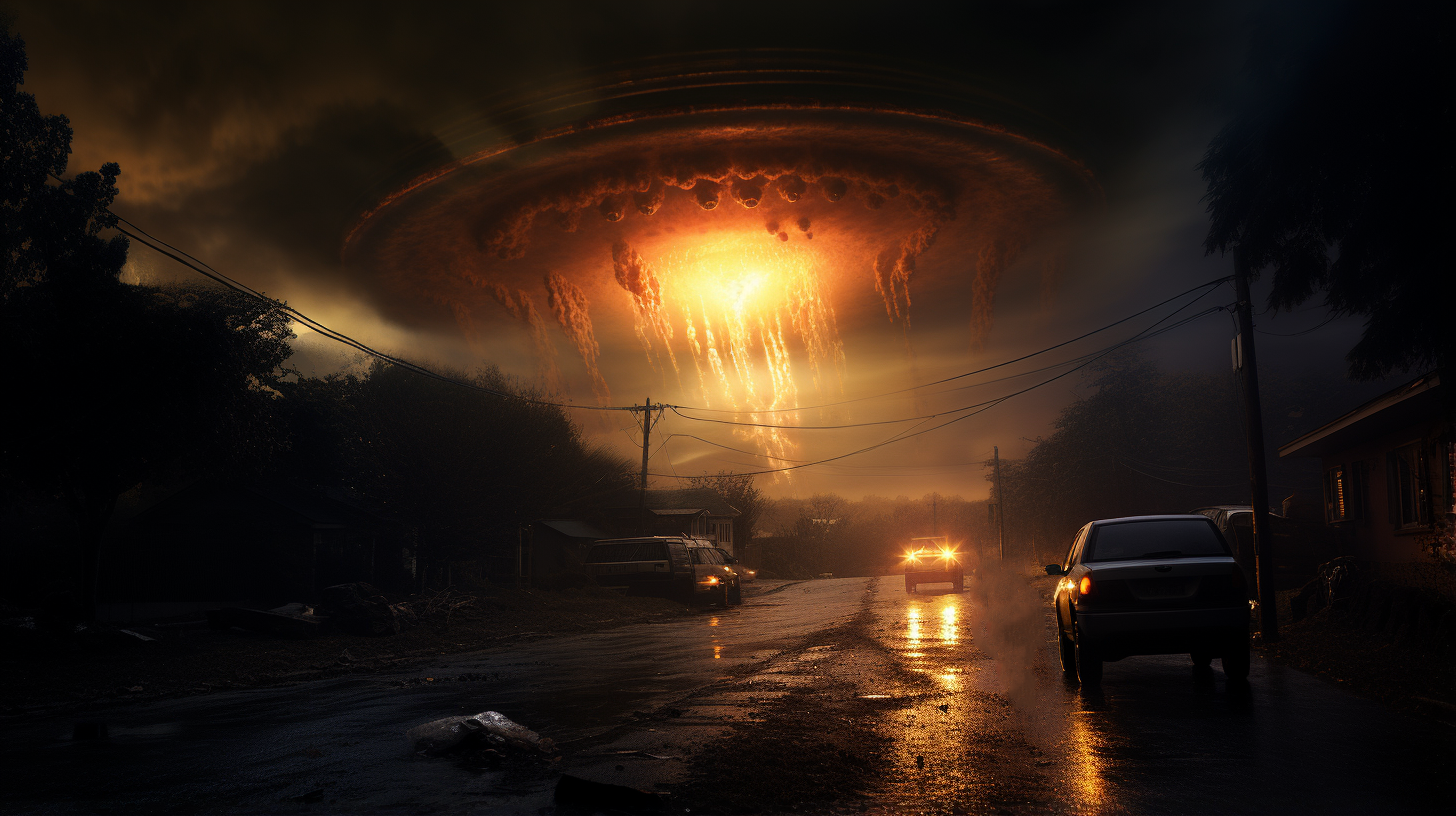In the remote archipelago of Spitsbergen, Norway, nestled not far from the icy shores of the Arctic Ocean, stands a marvel of human ingenuity: the Svalbard Global Seed Vault, known as the Doomsday Vault.
This extraordinary facility serves as a repository for the genetic diversity of plants, animals, and even humans, designed to withstand a plethora of cataclysmic events, from floods and earthquakes to nuclear blasts.
The Svalbard Seed Bank, often dubbed the “Doomsday Vault,” is a symbol of international cooperation in the preservation of genetic diversity. Its mission is to safeguard the seeds of various crop plant varieties, acting as a biological insurance policy for humanity.
The idea is as audacious as it is ingenious: in the event of a catastrophic global event, the Doomsday Vault will remain a frigid sanctuary, preserving seeds for thousands of years.
However, the Svalbard Vault is just one piece of a larger puzzle. Around the world, several biological storehouses have been established with similar objectives.

England boasts the Millennium Seed Bank, even larger in scale, while the U.S. government has erected a comparable facility in Fort Collins, Colorado. These efforts collectively aim to protect our planet’s biodiversity, ensuring that no single cataclysmic event can obliterate Earth’s genetic legacy.
One compelling motivation behind these seed banks is the looming threat of a large asteroid impact, akin to the celestial collision believed to have triggered the Great Flood in ancient times.
Scientists caution that it’s not a question of if, but when, another sizable asteroid will strike Earth, potentially causing widespread ecological devastation. In the face of this inevitability, the preservation of genetic diversity is crucial.
In recent memory, in February 2013, an asteroid large enough to obliterate New York City passed within a hair-raising 18,000 miles of our planet. Moreover, predictions indicate that another devastating impact event could occur within the next two decades.
The stakes are high, and our genetic diversity remains precariously concentrated, leaving humanity vulnerable to a catastrophic reset.
Amidst these discussions, one intriguing question arises: Could extraterrestrial beings be involved in, or even responsible for, the impending cataclysm? Speculation abounds, ranging from the idea that extraterrestrial observers may silently witness Earth’s fate to the more unsettling notion that they might actively shape it.
Some theorists propose that extraterrestrial entities, perceiving humanity as their property or offspring, may choose to alter our fate based on their needs and desires.
In this context, the evolution of humanity on Earth is portrayed as a grand experiment orchestrated by extraterrestrials. These enigmatic beings may have a vested interest in our survival as their direct offspring or product.
Consequently, they could be actively monitoring our progress, ensuring that we overcome the challenges presented by Earth’s next inevitable cataclysm.
The question remains: Are extraterrestrials indeed watching over us, not with the intent to destroy, but rather to ascertain if we can endure the Earth’s forthcoming trials? As we ponder this intriguing notion, we must also contemplate our own role in ensuring our survival, considering how many among us will prevail.
Video:
In a world teetering on the precipice of uncertainty, the Global Seed Vaults serve as a testament to humanity’s commitment to preserving the planet’s rich genetic tapestry. Whether safeguarding against natural disasters or pondering the cosmic unknown, these remarkable facilities remind us of the importance of preserving and protecting our world, come what may.

22 thoughts on “Earth’s Ancient Enigmas: Preparing for the Alien Apocalypse”
Comments are closed.